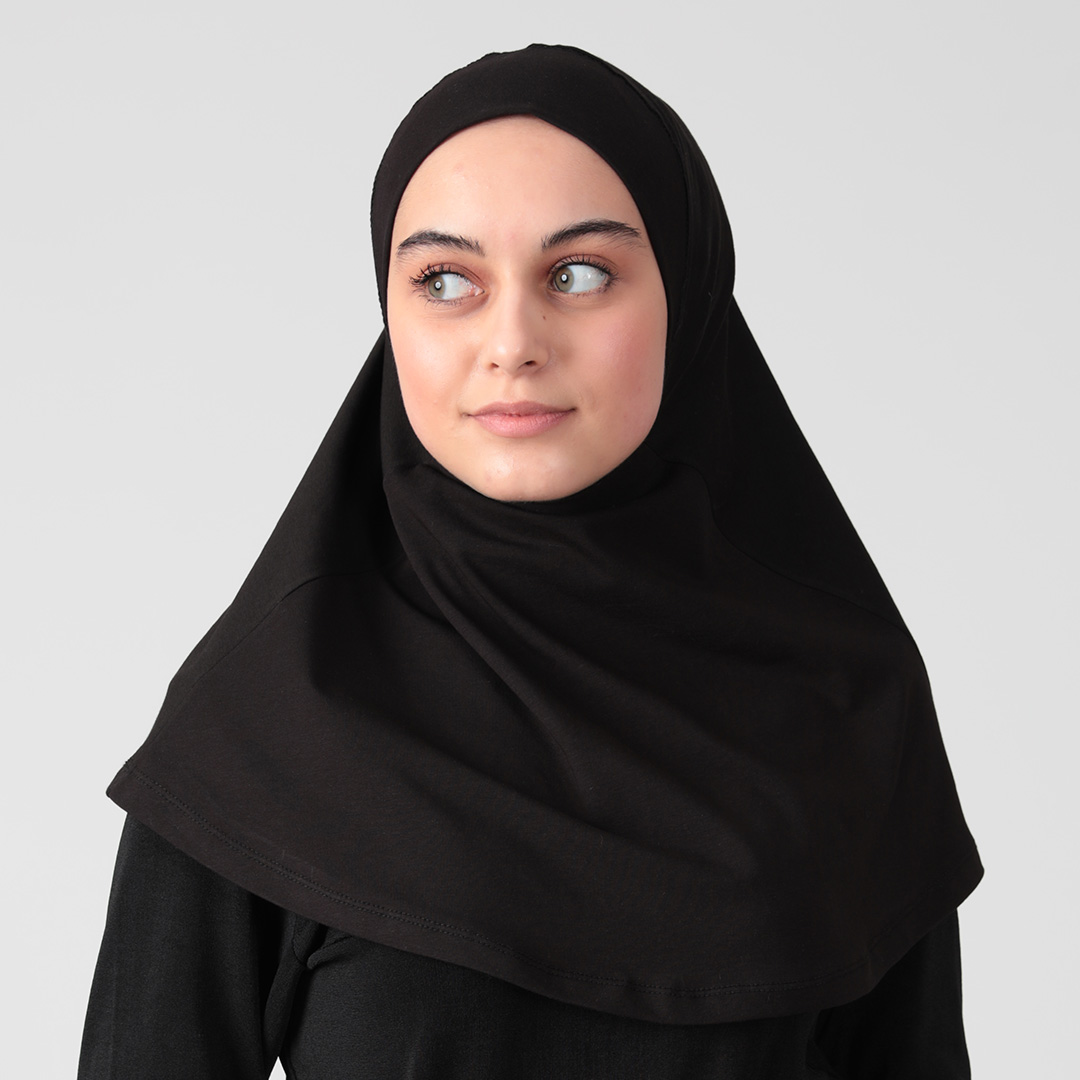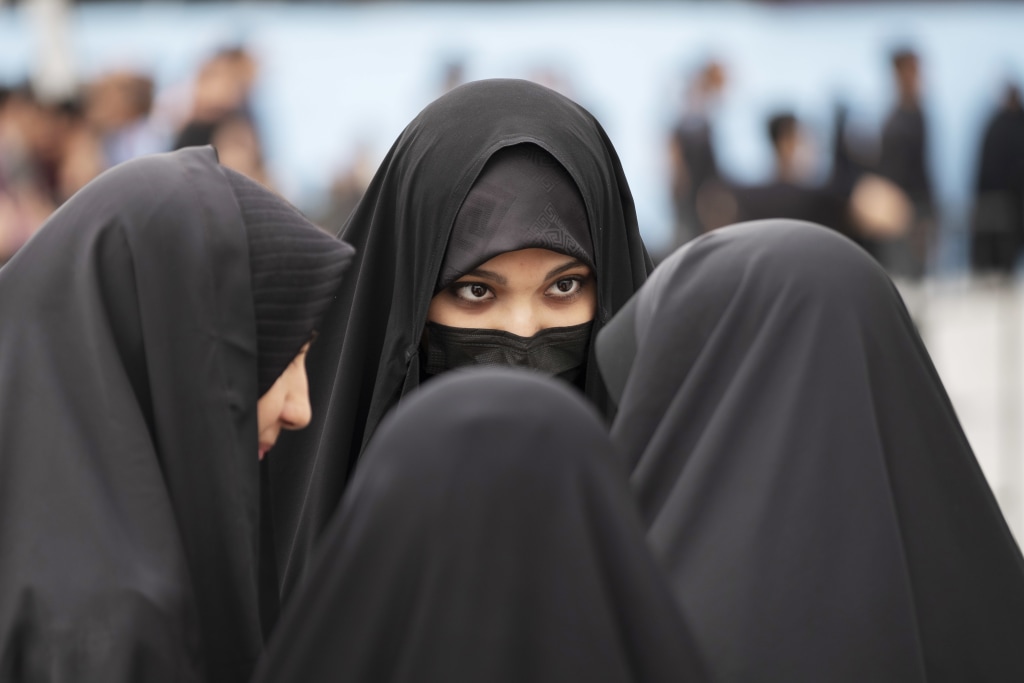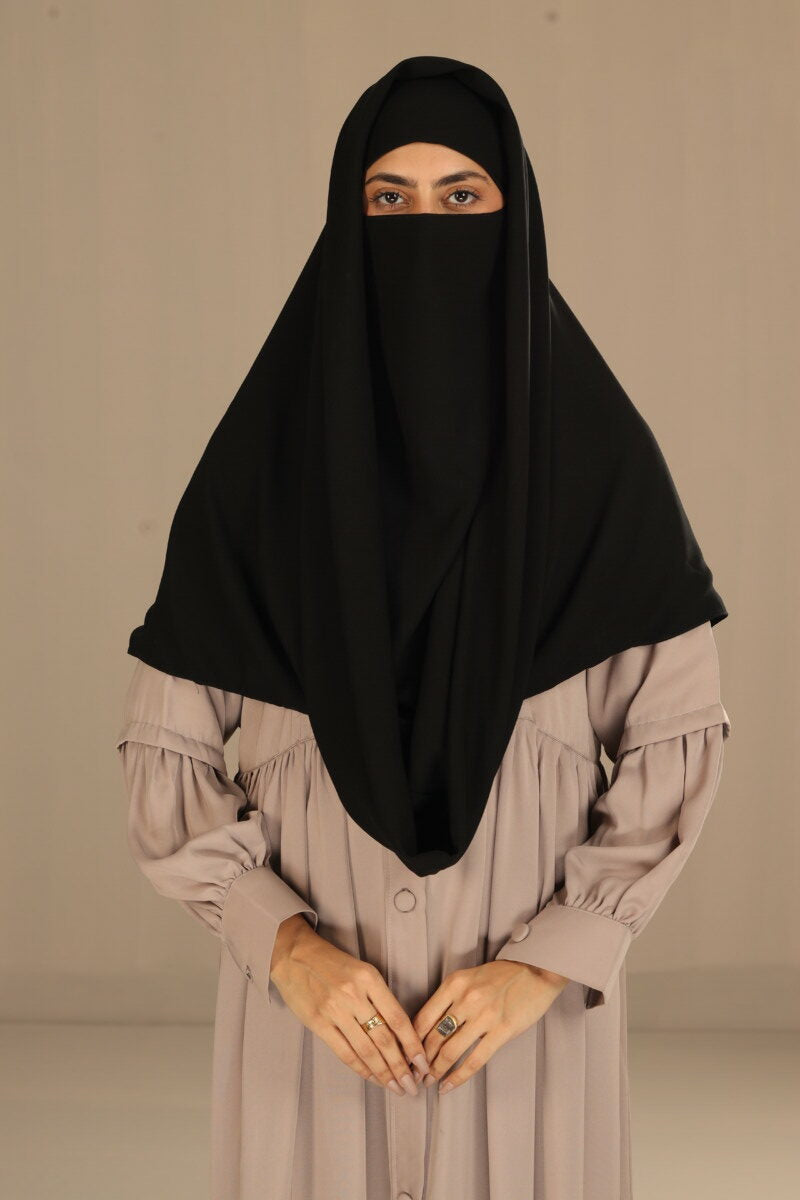Unveiling the Veil: Exploring the Historical, Cultural, and Sociopolitical Dimensions of the Hijab
Introduction:
The hijab, a symbol of modesty and religious identity worn by millions of Muslim women worldwide, has sparked intense debate and controversy across various spheres of society. While for some, it represents empowerment, piety, and personal choice, for others, it is viewed as a tool of oppression, patriarchy, and religious extremism. This article delves into the multifaceted dimensions of the hijab, exploring its historical roots, cultural significance, and sociopolitical implications.
Historical and Cultural Significance:
The practice of veiling predates Islam and can be traced back to ancient civilizations in Mesopotamia, Persia, and the Mediterranean region. In pre-Islamic Arabia, veiling was often associated with social status, marital status, and tribal identity rather than religious observance. However, with the advent of Islam in the 7th century, the practice of veiling took on new religious significance, as outlined in the Quran and prophetic traditions.
Throughout Islamic history, the practice of veiling has evolved in response to cultural norms, societal values, and geopolitical contexts. While some Muslim-majority societies have embraced modest dress codes as an integral part of Islamic identity, others have adopted more lenient interpretations, reflecting diverse cultural and regional influences.
The hijab, as it is commonly understood today, refers to a headscarf worn by Muslim women to cover their hair, neck, and sometimes, their shoulders. However, the style, color, and design of the hijab vary widely across different cultures and communities, reflecting local customs, fashion trends, and personal preferences.
Empowerment or Oppression?:
The debate surrounding the hijab often revolves around questions of agency, autonomy, and freedom of choice. For many Muslim women, wearing the hijab is a deeply personal and spiritual decision, symbolizing their devotion to God, adherence to religious values, and commitment to modesty. Far from being coerced or oppressed, these women view the hijab as an empowering expression of their identity and faith.
Conversely, critics of the hijab argue that its imposition, whether by state decree, societal pressure, or familial expectations, constitutes a form of gender-based oppression and religious coercion. In countries where the hijab is mandated by law or enforced through social norms, women who choose to defy these restrictions may face ostracism, discrimination, or even legal repercussions.
The hijab also intersects with broader debates about feminism, secularism, and religious pluralism within Muslim-majority societies and diaspora communities. While some feminists advocate for the right of women to choose whether or not to wear the hijab, others view it as incompatible with feminist principles of gender equality and bodily autonomy.
Sociopolitical Implications:
The hijab has become a potent symbol in contemporary discourses surrounding Islam, identity, and multiculturalism, particularly in Western societies grappling with issues of immigration, integration, and religious pluralism. Debates over the hijab have often been politicized, with politicians, policymakers, and media outlets framing the issue in terms of national security, cultural assimilation, and women's rights.
In some Western countries, attempts to ban or restrict the wearing of religious attire, including the hijab, have ignited fierce debates over religious freedom, individual rights, and state neutrality. Proponents of such measures argue that they are necessary to uphold secular values, promote gender equality, and combat religious extremism. However, critics contend that such bans infringe upon religious freedom, stigmatize Muslim communities, and perpetuate Islamophobia.
Moreover, the hijab has been weaponized in geopolitical conflicts and cultural wars, with Western media often portraying it as a symbol of oppression and backwardness in contrast to Western notions of freedom and progress. This simplistic narrative overlooks the diversity of Muslim women's experiences and perpetuates harmful stereotypes about Islam and Muslim cultures.
The hijab, like many aspects of identity and culture, is not a monolithic entity; its meanings and interpretations vary widely among individuals and communities. To further understand the complexities surrounding the hijab, it's crucial to explore its intersections with issues of religion, gender, politics, and globalization.
Religious Significance and Interpretation:
From a religious perspective, the hijab is often viewed as a symbol of piety and obedience to Islamic teachings. In Islam, modesty is considered a virtue for both men and women, with specific guidelines outlined in the Quran and Hadith (sayings and actions of the Prophet Muhammad). While the Quran instructs both men and women to dress modestly and lower their gaze, interpretations of what constitutes modest attire can vary among scholars and cultural contexts.
Some proponents of the hijab argue that it serves as a visible marker of Muslim identity and a means of preserving religious values in an increasingly secular world. By adhering to modest dress codes, Muslim women express their commitment to faith and uphold traditional norms of decency and dignity.
Conversely, critics within Muslim communities raise questions about the patriarchal interpretations and enforcement of modesty rules, particularly when they disproportionately burden women with the responsibility of regulating male behavior. They argue that interpretations of modesty and the hijab should evolve to reflect changing social norms and gender dynamics, emphasizing principles of mutual respect and equality between men and women.
Gender Dynamics and Power Structures:
The debate over the hijab also intersects with broader discussions about gender roles, power dynamics, and agency within religious communities. In traditional societies, patriarchal norms and interpretations of religious texts have often relegated women to subordinate roles, reinforcing notions of male authority and female submission.
For some Muslim feminists and activists, challenging patriarchal interpretations of Islam and reclaiming agency over one's body and identity are central to their advocacy. They advocate for a more inclusive and egalitarian understanding of Islam that affirms women's rights, autonomy, and equal participation in religious and public life.
However, navigating the tension between religious identity and feminist principles can be fraught with complexity, as women's choices regarding the hijab are often shaped by a myriad of factors, including family expectations, cultural traditions, and personal beliefs. While some women may choose to embrace the hijab as a form of resistance against societal norms or as a means of asserting their religious identity, others may reject it as a symbol of patriarchal oppression.
Political and Legal Controversies:
The hijab has also been at the center of numerous political and legal controversies, both domestically and internationally. In some Muslim-majority countries, governments have implemented laws mandating or restricting the wearing of the hijab, often as part of broader efforts to enforce state-sponsored interpretations of Islam or suppress dissent.
Conversely, in secular democracies with significant Muslim populations, debates over the hijab have revolved around issues of religious freedom, multiculturalism, and secularism. Legal battles over the right to wear religious attire in schools, workplaces, and public spaces have raised fundamental questions about the balance between individual rights and state neutrality.
Furthermore, the hijab has been weaponized in geopolitical conflicts and cultural wars, with Western politicians and media often framing it as a symbol of backwardness or religious extremism. Such narratives not only perpetuate stereotypes about Islam and Muslim cultures but also contribute to the marginalization and stigmatization of Muslim communities.
Globalization and Cultural Hybridity:
In an era of increasing globalization and cultural exchange, the hijab has undergone significant transformations, both in terms of style and symbolism. Muslim women around the world have adapted traditional forms of head covering to reflect diverse cultural influences, fashion trends, and personal preferences.
The emergence of "modest fashion" as a global industry has further popularized the hijab as a fashion statement, with Muslim women and non-Muslim consumers alike embracing modest attire as a form of self-expression and identity. Modest fashion bloggers, influencers, and designers have played a pivotal role in reshaping perceptions of the hijab, challenging stereotypes, and promoting diversity within the fashion industry.
Moreover, the hijab has become a symbol of solidarity and resistance for Muslim women in the face of discrimination, Islamophobia, and cultural imperialism. Whether worn as an act of religious devotion, cultural pride, or political statement, the hijab embodies a complex interplay of identity, agency, and resilience in an increasingly interconnected world.
Conclusion:
The hijab, with its rich historical, cultural, and sociopolitical dimensions, defies simplistic categorization or universal interpretation. It embodies a myriad of meanings and experiences that are deeply intertwined with issues of religion, gender, politics, and globalization.
As debates over the hijab continue to unfold, it is essential to approach the topic with nuance, empathy, and respect for diverse perspectives. Rather than imposing external judgments or assumptions, we must center the voices and agency of Muslim women themselves, recognizing their autonomy and complexity as individuals.
Ultimately, the hijab serves as a powerful symbol of faith, identity, and resistance in a world marked by diversity and difference. By engaging in meaningful dialogue, fostering mutual understanding, and challenging stereotypes, we can create a more inclusive and equitable society where individuals are free to express themselves authentically, regardless of their religious or cultural beliefs.


































